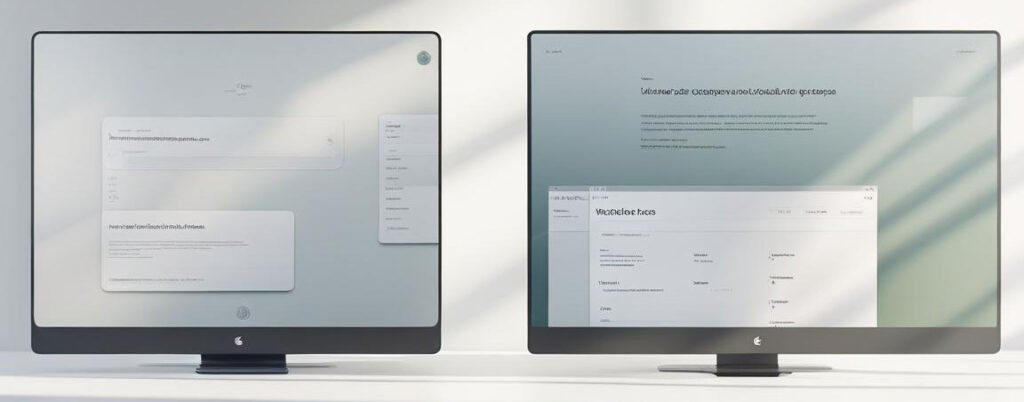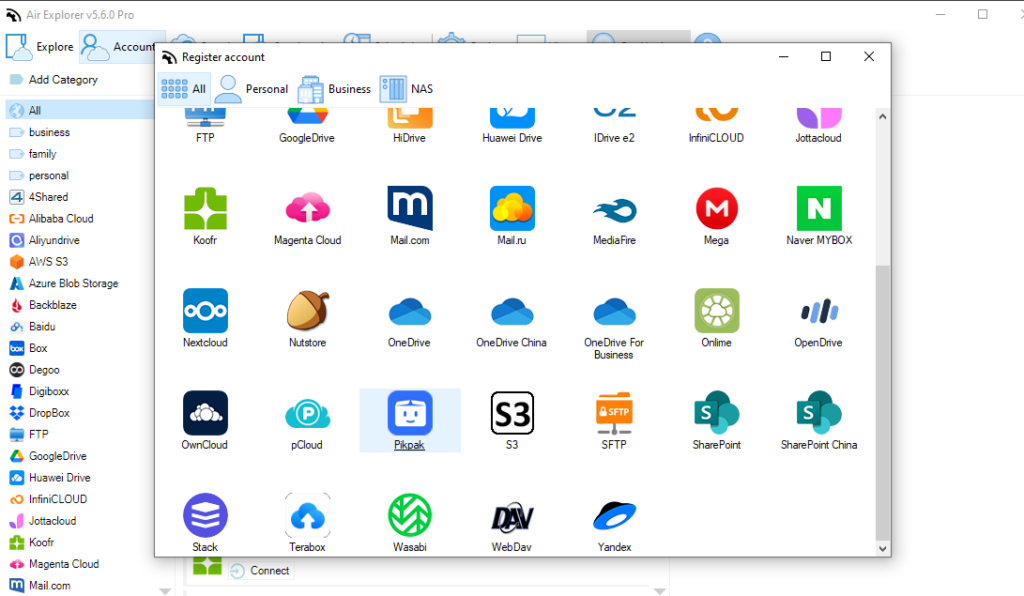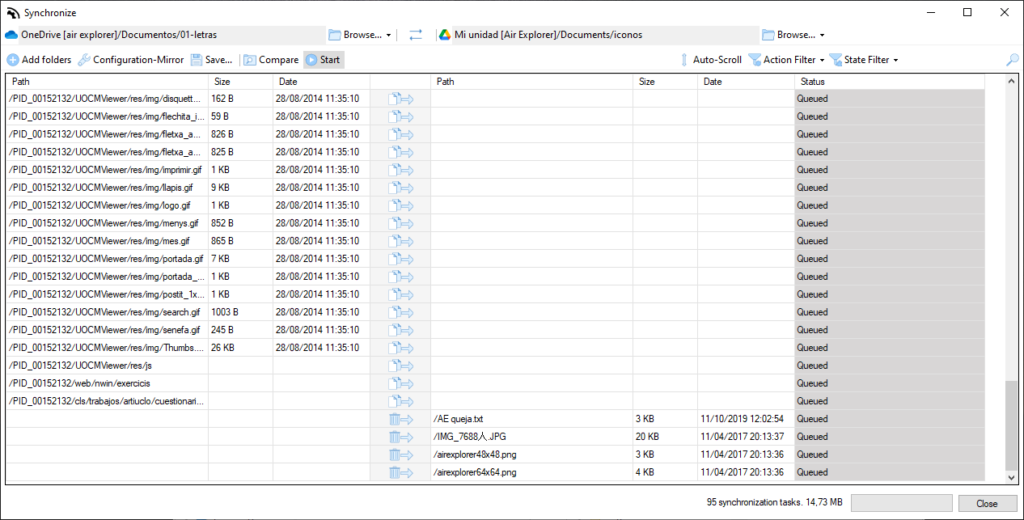When it comes to managing cloud storage efficiently, having the right tool can make all the difference. Two popular file management solutions are Cyberduck and Air Explorer. While both offer solid features for accessing and organizing your cloud files, Cyberduck has long been a trusted choice for cloud file access thanks to its simplicity and open-source appeal, it does come with limitations, particularly for users managing multiple accounts or seeking automation.
By the othter hand, Air Explorer stands out as the more powerful and flexible choice, especially for users who need multi-account management, advanced synchronization, and a more intuitive interface. Whether you’re juggling multiple cloud services or seeking a seamless file transfer experience, Air Explorer might just be the upgrade you didn’t know you needed.

Cyberduck vs. Air Explorer
| Feature | Cyberduck | Air Explorer |
|---|---|---|
| License | Free and open source | Freemium (limited free version) |
| Compatibility | Windows and macOS | Windows and macOS |
| Interface | Simple, FTP-style interface | Dual-pane interface, more visual and complete |
| Cloud Services Supported | Google Drive, Dropbox, OneDrive, Amazon S3, FTP, SFTP, WebDAV, etc. | Google Drive, OneDrive, Dropbox, MEGA, Box, WebDAV, FTP, etc. |
| Sync Capability | No automatic sync | Yes, with advanced and scheduled options |
| File Encryption | Supports encryption via Cryptomator | Built-in encryption when uploading files |
| Multiple Accounts | Limited | Yes, allows multiple accounts per service |
| Command Line Support | No | Yes, for automated tasks |
If you’re managing files across different cloud storage platforms, Air Explorer is a game-changing tool designed to simplify your digital workspace. This powerful application offers a unified interface that lets you connect to and manage multiple cloud accounts in one place, eliminating the need to jump between various web interfaces or apps.
Air Explorer features
One of the standout features of Air Explorer is its ability to handle multiple cloud accounts from the same service. Whether you have several Google Drive accounts, OneDrive, Dropbox, MEGA, or others, Air Explorer allows you to link them all and switch between them seamlessly. This makes it especially useful for users who separate work and personal cloud storage or need to juggle multiple accounts for business purposes.

Beyond account integration, Air Explorer offers robust synchronization capabilities. You can easily sync folders between your PC and the cloud, ensuring that local copies of your files stay up to date with your online storage, and vice versa. This two-way sync is invaluable for remote work, offline access, and automatic backups. With scheduling options and file filtering, you can customize sync processes to suit your needs, optimizing both performance and storage space.

But where Air Explorer really shines is in its support for cloud-to-cloud synchronization. You can transfer files directly from, say, Dropbox to Google Drive, or from OneDrive to MEGA. This saves time and effort—especially when handling large file sets or organizing backups across services. Need to migrate from one platform to another? Air Explorer makes it effortless.
Security hasn’t been overlooked either. The software includes support for encrypted file uploads, keeping your data protected during transfers. For even greater control, you can configure how duplicates are handled, how failed transfers are managed, and which files should be included or excluded during sync operations.
Conclusion
In conclusion, both Cyberduck and Air Explorer bring valuable tools to the table, but they cater to different needs. If you’re looking for a lightweight, free, and cross-platform solution, Cyberduck is a solid choice—simple, effective, and easy to use for basic cloud access. On the other hand, if your workflow demands more advanced features like multi-account integration, automatic synchronization, and direct cloud-to-cloud transfers, Air Explorer is the more capable option. While some of its features come with a price tag, the time and flexibility it offers can more than justify the investment. The right tool ultimately depends on how you work and what you need to get done.
